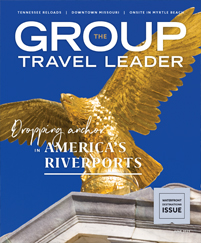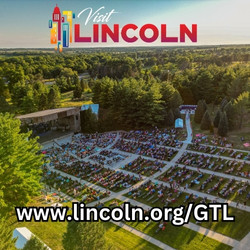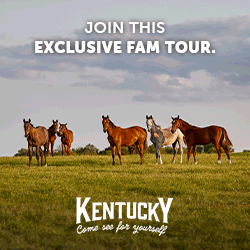In an industry overflowing with acronyms and abbreviations, there’s one piece of jargon that gets everyone’s attention: FAM.
FAM is short for “familiarization,” and it refers to a type of trip in which a destination marketing organization or tour operator invites influential travel professionals to experience a trip in the hope that they will then promote that trip to others.
Often called FAM trips, FAM tours or simply FAMs, these trips are an essential part of promoting group tourism. Trip hosts see them as opportunities to showcase their products for tour operators, group leaders and travel agents. Trip participants get a chance to experience a destination firsthand and increase their chances of selling a trip there to others.
Though FAM trips are beneficial to everyone involved, they can also be complex. We talked to representatives of four organizations that host regular FAMs to find out about their approaches to the tours and their tips for how travel planners can make the most of them.
‘Up and Coming’
A major international tour company with a variety of brands, Globus hosts FAMs to introduce travel agents and group leaders to its products and destinations. Michael Lundquist, Globus’ national group sales manager, said he often uses FAM tours to highlight tour opportunities in areas his clients may not have visited.
“On land trips, we usually work with a destination and put together an abbreviated version of one of our tours,” he said. “A lot of times, it’s a new destination or a new way that we’re doing the destination, or we’re bringing in a new brand. If there’s a country that’s kind of up and coming, like Costa Rica or Israel, we want group leaders who haven’t thought about going there before to experience it.”
Globus relies on a nationwide network of business development managers that keep in contact with group leaders on a local level. These salespeople are often the best sources of qualified FAM participants, Lundquist said, because they know where their customers are interested in traveling and which customers represent the best potential to do business in a new destination.
Like many other FAM tour hosts, Globus works with the tour destination to subsidize the cost of the trips. But the trips aren’t totally free. They each have a registration fee, and there’s a strategic reason for that.
“Our FAM registrations don’t really cover much of the expense of the trip,” Lundquist said. “It’s kind of a payment to show that the group leader is willing to put down a deposit to experience a trip with us. That sort of weeds out a bit of the riffraff.”
‘It’s About Quality’
FAM tours are a fundamental part of the tourism marketing plan at the Virginia Beach Convention and Visitors Bureau. The staff uses multiple trips a year to bring a variety of interested parties to the destination.
“We do four FAMs a year,” said tourism sales manager Jim Coggin. “One is always consumer-focused, and the remaining three are split up between the traditional adult tour market and the student market. On the group side, we either do a tour operator FAM or a group leader FAM, or we work with a tour operator to bring their group leaders to Virginia Beach.”
With so many trips each year, the CVB has the capacity to showcase its destination to a wide variety of parties. But Coggin said that in addition to the trip frequency, identifying and inviting the right participants is an important part of the FAM strategy.
“It’s about quality,” he said. “We do a lot of research before we send our invitations out, to see that they’re getting to the right people and that they have a reason to come to Virginia Beach. It can be for new clients or a refresher for folks who haven’t been here in 10 years.”
The average FAM in Virginia Beach is four days and three nights, and the CVB outlines the itinerary for the trip in the invitations it sends. No matter how busy the schedule, the bureau arranges free time for visitors to spend on the beach and boardwalk.
Coggin said the most important thing for FAM participants to do during a trip is be engaged and ask questions so they can figure out how the destination can best meet the needs of their travelers. He also said that engagement continues after the tour ends.
“Make sure that when the destination sends you an evaluation, you’re very honest,” he said. “We always do a follow-up evaluation after a FAM, in hopes that we get some positive feedback. We also want to know if we can make improvements.”












